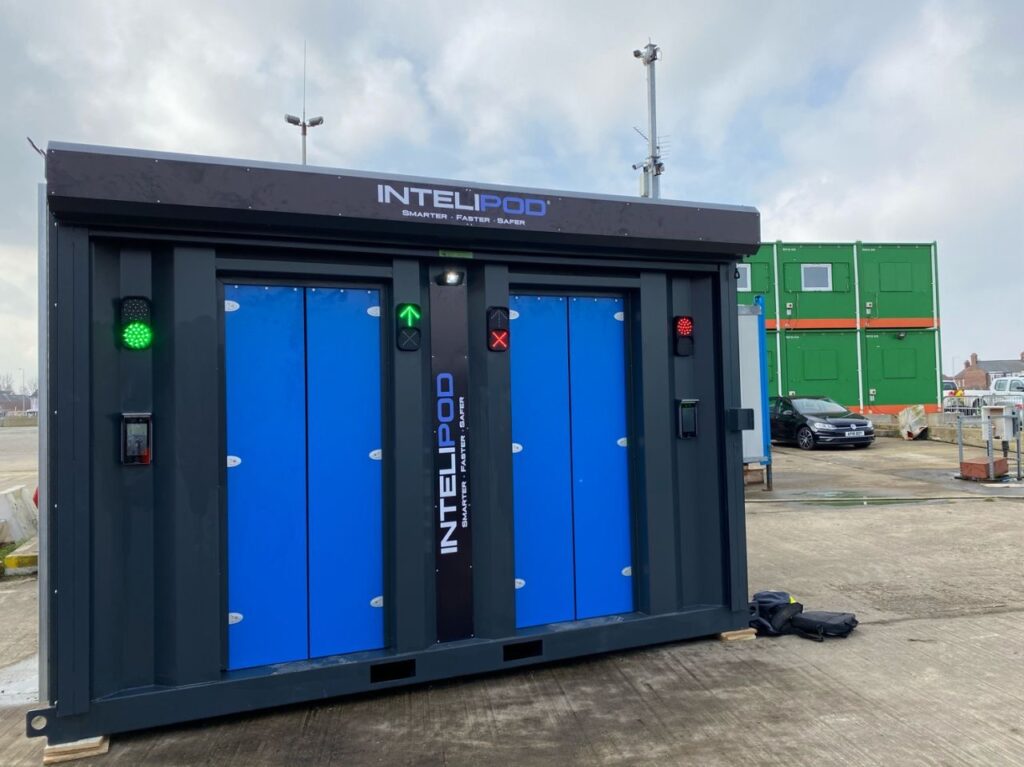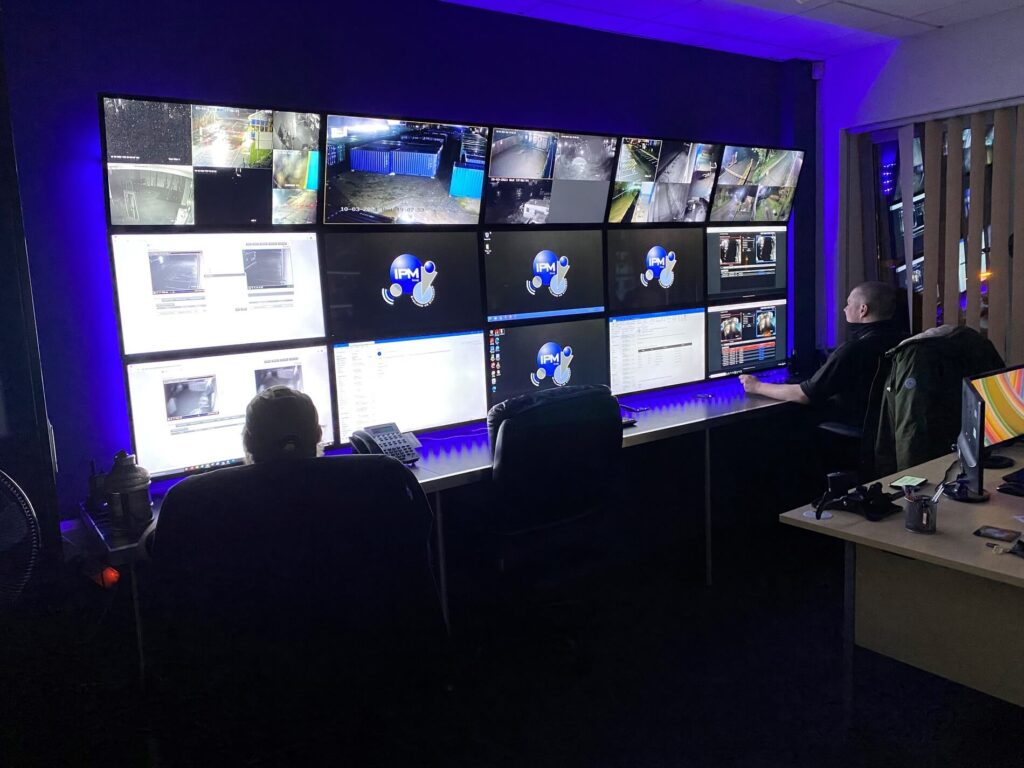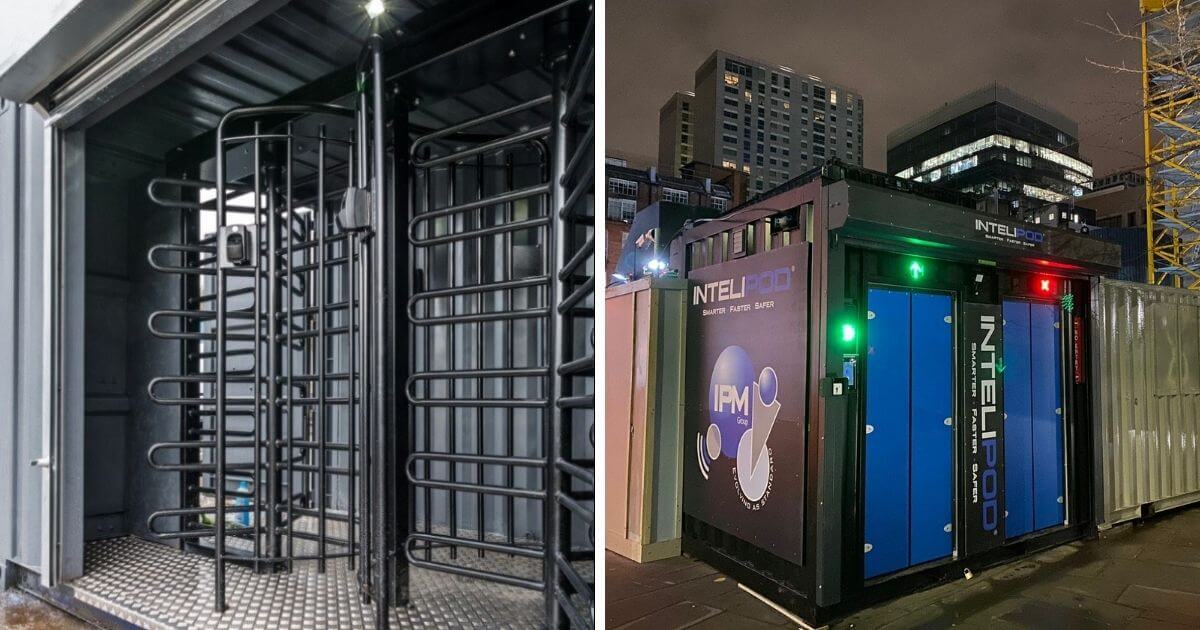The Downfall of Biometric Turnstiles: A Review into the Construction Industry Federation’s – Construction Sector C-19 Pandemic Standard Operating Procedures
For many years, IPM Group was a leading supplier of biometric turnstiles to the construction industry. Over the years, the projects came and went but the technology stayed the same. However, this all changed overnight due to the Covid-19 global pandemic. What was once seen as the industry standard was fast becoming obsolete due to the numerous health and safety risks associated with how Covid-19 was being transmitted from one person to another. This was a massive worry for the construction industry due to the high tough points and contact areas of turnstiles.
During the early stages of the pandemic, while other companies continued to supply the construction industry with now potentially unsafe turnstiles, IPM Group took a separate path. From an idea that was first conceived a few years ago, and now pushed to the forefront due to the pandemic – inteliPod was born. This state-of-the-art access control system is the world’s first 100% touch-free access control using facial recognition, with inbuilt temperature screening, anti-virus technology, time and attendance monitoring and a whole wealth of other unique features.

As inteliPod is fast becoming the new industry standard, a recent publication from the Construction Industry Federation regarding the standard operating procedures for the construction sector during the Covid-19 pandemic, highlights in great detail the significant issues associated with the use of biometric turnstiles.
“The potential for cross-contamination is higher at site entry and exit points”
A stark warning from the Construction Industry Federation that entry and exit points on site pose a much higher risk of cross-contamination. This is mainly due to the multiple touchpoints and close proximity to other people associated with sites that use standard turnstiles.
Furthermore, the guidelines also outline their recommended control measures for using biometric turnstiles, which is not great reading for any site currently using them;
“Turnstiles to be by-passed with open door access to site”
This is clearly worrying for any project that relies on turnstiles for security and access control. A by-passed turnstile is effectively redundant for access and security control. As a result, there would be a need for extra onsite security personal to manage the access process. Thus, creating a significant extra cost for the project.
“Thumb access devices should be by-passed / turned-off”
Again, with biometric turnstiles relying on fingerprint technology to grant access, this would become redundant. Which again, will cause issues for sites that rely on this technology for access control.
“Security guards to record all names rather than having multiple persons signing-in using shared pen/booklet”
Not only will this cause added expense on the project’s budget due to hiring extra security guards, but this will also slow down the process of gaining access to site, relying on manual input of data.
“Sanitising stations in position at all site entry points”
This again adds extra expense onto budgets, especially for large sites with large number of people on site the costs can soon mount up.
“Regularly clean common contact surfaces in reception, office, access control and delivery areas (e.g. scanners, turnstiles, screens, telephone handsets, desks, particularly during peak flow times)”
For many construction sites, this would mean hiring a team of dedicated cleaners to ensure the access areas are kept clean and sanitised. Again, adding a significant cost.
“Reduce the number of people in attendance at site inductions and consider holding them outdoors wherever possible”
This would fast become a logistical headache for many sites. It would also mean there would be an increased chance of people slipping through the net and not receiving the appropriate induction before entering site.
“Touchpoints should be minimised with a “handsfree” approach where possible”
This seems obvious, but realistically how easy would this be for a construction site using standard biometric turnstiles without compromising on any access or security control measures?
Although the report is damming for turnstiles and an obvious worry for those using them on site, there is now a solution that not only solves all the above problems but could also actually save projects hundreds of thousands or pounds in the process.
Because inteliPod is 100% touch-free, there are no contact areas throughout the whole access process. This makes a smooth, efficient and above all safe access procedure. inteliPod utalises facial recognition to determine who is authorised to enter site. This ensures a much safer and robust security control system.
In addition, the inbuilt temperature screening technology ensures anyone entering site has a safe body temperature, which is as we all know by now, is a symptom of Covid-19. If a high temperature alarm is raised, inteliPod’s automatic anti-virus misting technology deploys a fine mist to neturalise all bacteria and viruses on contact. The mist is also deployed at set intervals throughout the day, providing all-round protection for all surfaces. This technology removes the need for extra cleaning staff and therefore, provides significant cost savings.
What is more impressive, inteliPod also has its own Virtual Management Solution (VMS), with a team of highly trained operatives working remotely from IPM’s state-of-the-art control centre. The VMS team provide 24/7 support and deal with 100% off pre-enrolments and inductions, as well as monitoring, managing and handling all critical events, delivery management software to improve delivery efficiency and reduce co2, and automated bespoke reports for site management.

InteliPod really is the all-in-one access system. As a result, it can provide significant savings. In a recent case study, inteliPod has saved one construction firm over £148,000. You can read the full case study here.
It’s clear to see why inteliPod is now becoming the industry standard. For more information, please get in touch with one of our friendly team.
The above information was taken from ‘Construction Sector C-19 Pandemic Standard Operating Procedures’. You can download the full article here.

Leave a Reply